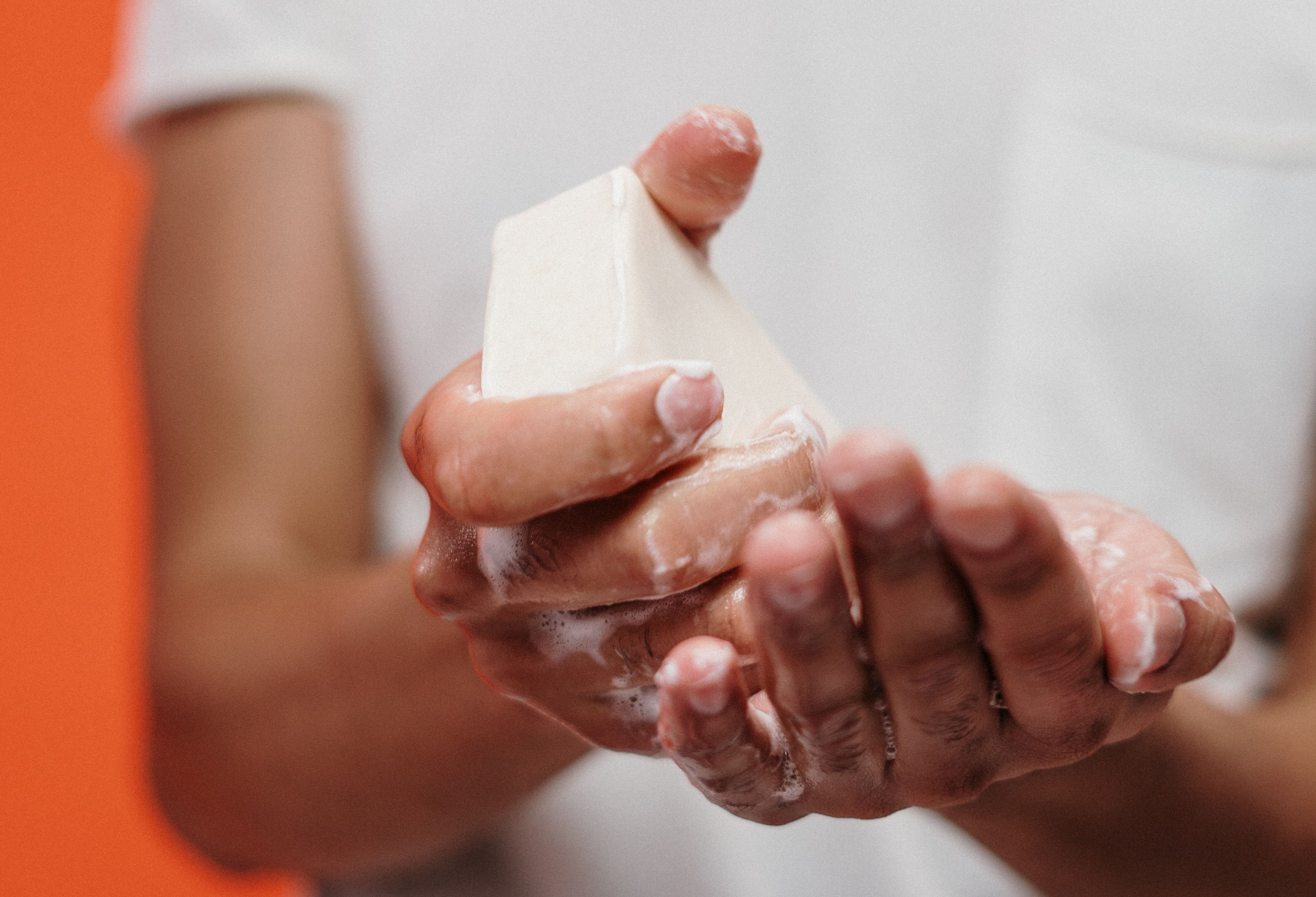“You can’t assume anymore that people are not capable of infecting you. In many cases they won’t even know they’re infected.”
~ Michael Osterholm, CIDRAP
Healthcare has always dealt with drug-resistant bacteria, influenza outbreaks, and the unexpected. COVOD-19 was unexpected. Fortunately, the US health system has trained for this day for many years. While it’s easy for this discussion to get heady and complicated, I’m going to try to condense it to three talking points we all need to consider.
1. Know where to go. While the news and social media is exploding with communication about the COVID-19 virus, know where to go to get the most accurate and up-to-date information. The Center for Disease Control website is a good start: https://www.cdc.gov/coronavirus/2019-nCoV/hcp/index.html The CDC is the US government’s definitive word on any bacteria or viruses dominating the news. At a local level you have your state / local health department. Additionally, the Center for Infectious Disease Research and Policy is another deep well source for COVID-19 information: http://www.cidrap.umn.edu/.
A critical understanding to any communicable disease is “how is it transmitted?” COVID-19 is an infectious respiratory disease. It is transmitted by “close-range aerosol transmission” (CiDRAP) or respiratory droplets. Any policy to contain it must consider close-range transmission opportunities. Social distancing, that is keeping groups small and separated from each other to minimize transmission, is good policy. Ignoring this is enabling the very thing that allows transmission. So how close is “close-range”? The current recommendation is to be at least six (6) feet away from someone. When you consider this, you understand why schools are closing and why people are encouraged to stay out of crowded venues that compromise this distance.
2. Assume everyone is contagious with something and wash it away. While working in a hospital, I learned to assume everyone is contagious with something until it is known that they are not. It is why germicidal foams, face-masks, gloves, external long-sleeve protection gear is readily available in a hospital environment. In a hospital environment staff’s treating of a patient typically means that staff are going to touch that. Hospital protective wear protects the healthcare worker and following patients staff treat. What is frequently unobserved from the above is the amount of hand washing that goes on between patients. Germicides do not replace hand washing.
While hand washing with an antibacterial soap may be ideal, it doesn’t make plain everyday soap obsolete. Soap breaks down the outer protective skin of viruses leaving them defenseless. The absence of that protective skin is the beginning of the end for the virus.
What is extremely important is “how” you wash your hands. Hot, warm or cold water doesn’t matter. Lathering up the soap after the hands are wet does. Paying considerable attention to the fingernails and finger tips is also critical as these are the parts of our hands we use the most. I’ve included a pictorial review to hand washing.
It’s been said a “house should be clean enough to be healthy, and dirty enough to be happy.” At a time when the country is reeling with concern on how to stop the spread of COVID-19, many people are cleaning like their life depends on it — and it may. Again the CDC website has excellent information regarding how to “Protect Your Home”. Basically, if surfaces are dirty, they should first be cleaned using a detergent or soap and water prior to disinfection. For disinfection, diluted bleach solutions, solutions with at least 70% alcohol, and EPA-registered household disinfectants may all be considered. To prepare a bleach solution mix 5 tablespoons (1/3 cup) bleach per gallon of water or 4 teaspoons bleach per quart of water. One word of caution regarding disinfectants: NEVER mix different cleaning products.
3. Practice healthy behaviors. After you have reduced your risk through social distancing, cleaning your environment and washing your hands, what’s left do do? Take care of yourself. This involves eating, physical activity, taking medications, and monitoring. Eating should target a heart healthy and carbohydrate controlled meal plan either cooked at home, picked up via carry out, or eaten out in a non-crowded venue. While it’s easy to think of social distancing as avoiding the world, it can easily include daily activities and/or exercise with an awareness of how close you are to the people around you. If you take medication(s), have you assessed your current medication inventory? How will you secure refills going forward? Be aware of how you feel. Although many people may be exposed to COVID-19, not everyone will actually show symptoms of it. If you believe you are becoming sick, even if only mildly, contact you local health department or primary care provider for advice.
What’s missing? If you think I forgot to mention face masks as a means of prevention, it’s because that’s not really what face masks do. Most of what you see on the news is actually a procedural mask that prevents the person who wears it from spreading contamination. Their benefit to prevent contamination is limited. To prevent being contaminated requires a respirator, such as an N95. Respirators are sized to fit an individual. Respirators fit tighter on the face, prevent unfiltered air leakage, and prevent the wearer from inhaling infectious droplets in the environment.
While there is much information available about COVID-19, try not to be caught up in the fear of this new public health concern but focus more on what you can reasonably do to be proactive.
